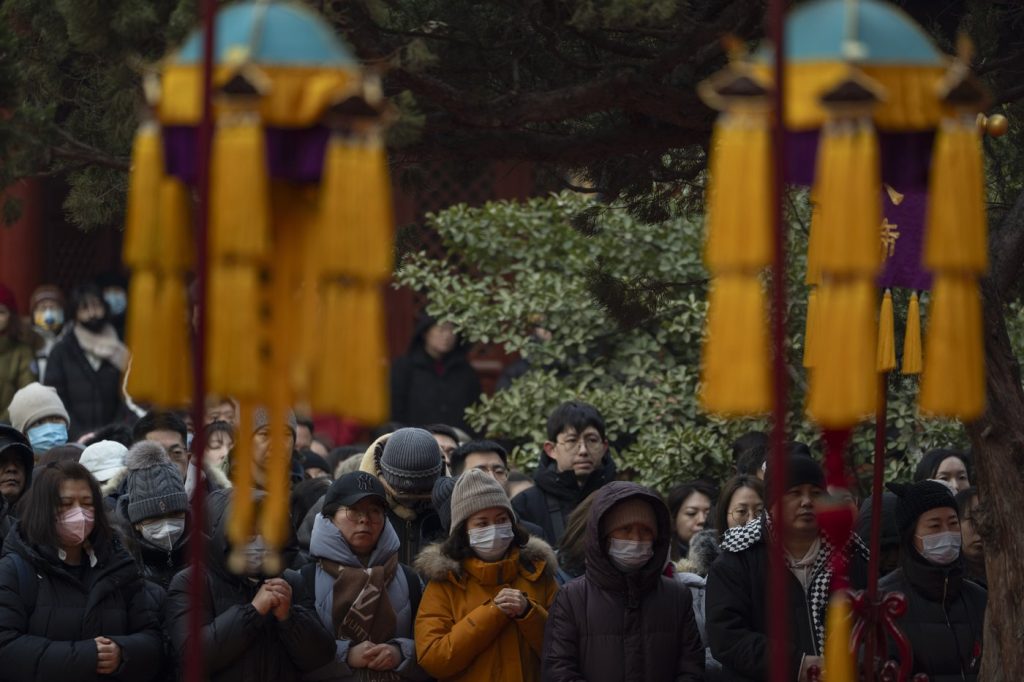BEIJING (AP) — In a surprising economic development, consumer prices in China fell in February 2025 for the first time in 13 months, marking a significant turn in the nation’s economic landscape. The decline is attributed to persistent weak demand, which has been exacerbated by the early timing of the Lunar New Year holiday.
The National Bureau of Statistics announced on Sunday that the consumer price index (CPI) declined by 0.7% in February compared to the same month in the previous year. In terms of monthly metrics, prices also decreased by 0.2% from January 2025. This decline stands in stark contrast to many other countries that are grappling with rising inflation rates.
Chinese policymakers are facing a critical challenge as flat or falling prices raise the specter of a deflationary spiral, which could negatively impact economic growth. In response to these concerns, the government emphasized the importance of boosting domestic demand and consumer spending during the annual report delivered last week to the National People’s Congress, the country's ceremonial legislature. However, the government did not unveil any significant new measures aimed at stimulating economic growth.
The early Lunar New Year, which influenced spending habits typical of this festive period, occurred in late January this year. This holiday typically sees an uptick in consumer expenditures related to travel, dining, and entertainment, contributing to a 0.5% increase in the consumer price index in January. However, this was followed by a reduction in February’s prices when compared to the heightened levels of 2024.
After accounting for the holiday effect, Dong Lijuan, a statistician from the National Bureau of Statistics, noted that the consumer price index actually experienced a slight increase of 0.1% in February. Despite this minor uptick, the numbers remain significantly below the government’s inflation target of 2% for the year, with the consumer price index flatlining overall in 2024, having risen just 0.2%.
Moreover, the relationship between the ongoing trade tensions with the United States and China’s economic performance cannot be overlooked. A burgeoning trade war could further intensify the economic difficulties faced by the country.
Dong identified two other contributing factors to the price decline in February: favorable weather conditions that enhanced agricultural production, resulting in a decrease in fresh vegetable prices, and significant promotional efforts by automakers aimed at stimulating sales, which led to reduced prices on new vehicles. These dynamics contributed to the overall decrease in consumer prices during this month.
Additionally, the producer price index (PPI), which reflects wholesale pricing trends, saw a more pronounced decline, falling by 2.2% in February. This trend indicates that prices at the wholesale level are decreasing more sharply than at the consumer level, placing additional pressure on companies to cut labor and avoid other rising costs amid the overall economic slowdown.
As the economic climate continues to evolve in China, the implications of decreasing consumer prices and the accompanying risks of deflation must be closely monitored for their potential impact on both domestic and global markets.










